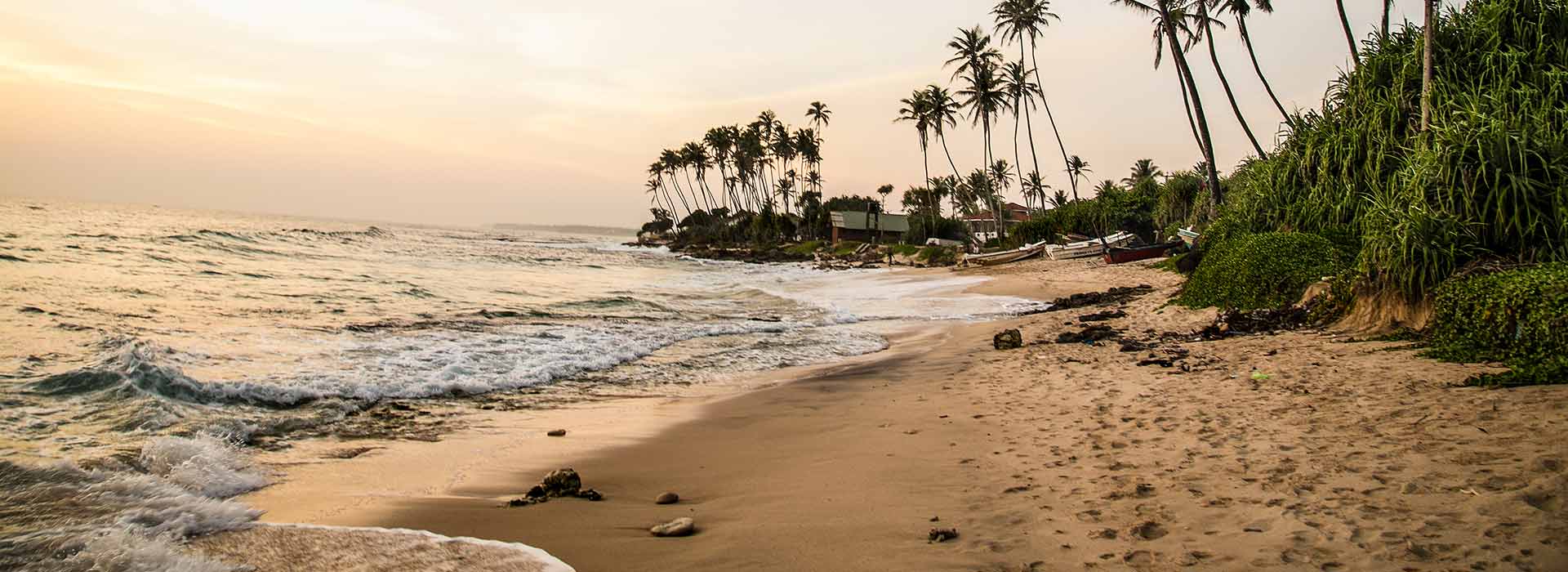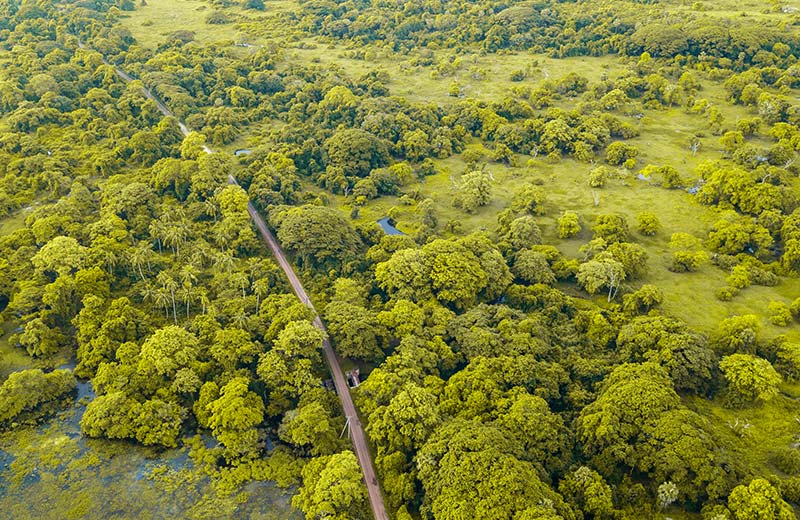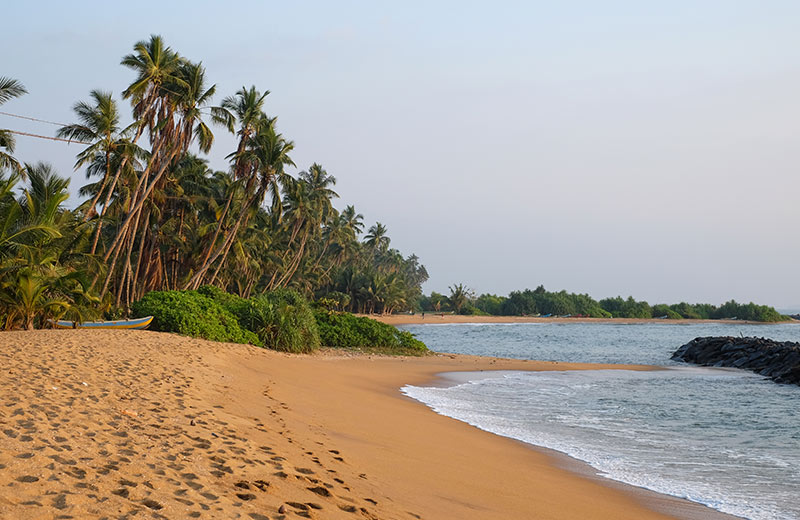Chilaw Sand Spits
Amazing Avifauna to Observe
The Chilaw Sand Spits in Sri Lanka is a unique bird-watching environment that fosters the growth of its native aquatic birdlife, both local and migratory. Avid birdwatchers may spot more than 120 species of birds flitting through the area, including several kinds of terns (like the gull-billed tern, Caspian tern and great crested tern), egrets (the great egret and little egret), parakeets, doves, and more. Rarer species of birds like the Oystercatcher and the Sandwich Tern have also been spotted here. The mangrove trees and other plants that have taken root here provide a brilliant habitat for a variety of other creatures, apart from the resident birdlife that travellers may spot during their visits.
Its Importance to Local Biodiversity
The network of roots that run through the sand spits as a result of these trees and plants are key players in the structural strengthening of the land. The Chilaw Sand Spits also benefit from the proximity of the reservoirs of the Anawilundawa Wetland Sanctuary, which is a designated Ramsar Site that is protected by the Convention of Wetlands as a habitat for aquatic birds.
Ideal Time to Visit
Visits are best conducted between the months of October and March, or between January and March. This peak period is known to be ideal as the western coast (where Chilaw is located) breaks free from monsoon season to enjoy sunny, pleasant weather conditions. The Chilaw Sand Spits are located next to an estuary, and its main area can be reached via a short boat ride across the river.



